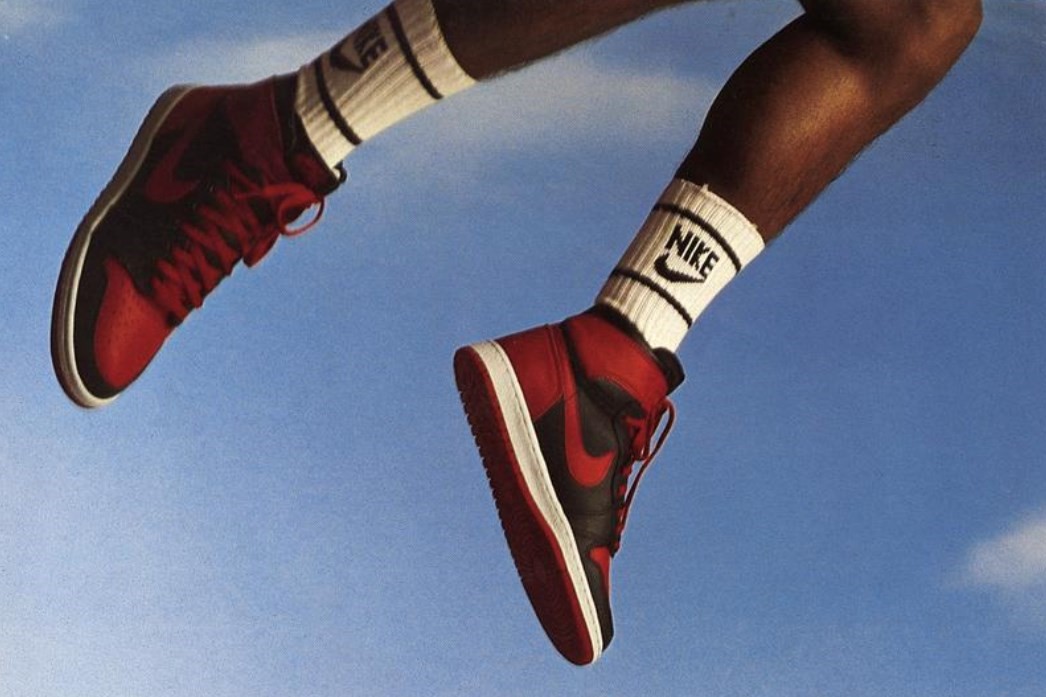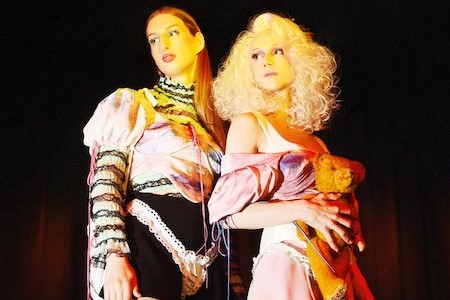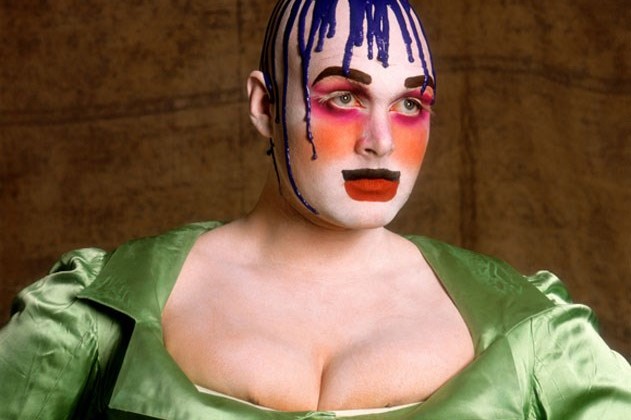
The five sneakers that truly changed the game
As a new sneaker exhibition opens at the London Design Museum, we trace the anarchic past and chaotic present of sneaker culture through some of its most important styles
Be it postage stamps, vinyls, or classic cars, the act of collecting anything is, ever so slightly, nerdy. But there’s something particularly undignified about the word “sneakerhead” – the way it slithers out the mouth, the images it conjures of clinically arranged shoe racks and the uncompromising, greedy resellers that man the gates of the industry. If an NFT was an item of fashion, it would, unfortunately, be the sneaker. But then again, true sneakerheads would never call themselves sneakerheads. “It’s more punk to say you’re not punk than to say you are punk,” as Avril Lavigne once said.
In 1984, Michael Jordan signed a contract with Nike that birthed sneaker culture as we know it. In the years that followed, athletic footwear moved out of the sports arena and further into mainstream culture, aligning itself with all the codes and cachet of its basketball and hip hop originators. The global sneaker market is now worth $70 billion, and in recent years, the humble trainer has gained the same collector status as wine and fine jewellery – Sotheby’s sold Kanye West’s OG Yeezy sneaker for nearly two million dollars at an auction just last month.
So frenzied is the demand that when Nike released a technical, hands-free, slip-on for those with limited mobility, so-called sneakerheads jumped on the style, reselling the shoe for almost five times the original price. “Talk about accessibility,” Louie Lingard, a disability advocate and TikToker said at the time.
Not even the it-bag, with all its celebrity status, could have engendered such levels of rabid desire. In fact, where fashion’s creative directors were once implored to create the season’s must-have bag, that notion has now been usurped by the sneaker. Think Kim Jones’ Jordans at Dior, Demna Gvasalia’s Balenciaga Triple-S trainers, or Alessandro Michele’s shabby Gucci Rhytons, which have each spent a moment in the spotlight.
How, then, did we get here? “Sneakers are a canvas that serve as a means of self-expression, whether you’re a collector or wearing them right out of the box,” says Derek Morrison, Senior Director of StockX, the online sneaker marketplace sponsoring Sneakers Unboxed: Studio to Street at The Design Museum. The exhibition, which runs until 24th October, maps the legacy of the sneaker through its archive styles, subcultural affiliations, technical innovations, and resell furore. “Sneakers make us feel connected to brands, people and cultural moments, and they’re more than just something that goes on your feet.”
What was once seen as “too low brow” – as Morrison puts it – has now become a faction of, and rival to, the fashion elite. But it’s difficult to wrangle sneaker culture’s many tentacles without looking at the styles which first birthed the beast; without the existence, and success, of certain models, the industry would not have mutated into the megalith of today. Below, we trace the five sneakers that changed the world.
Sneakers Unboxed: Studio to Street runs until Sunday October 24 at The Design Museum. For more info, including tickets, click here.



